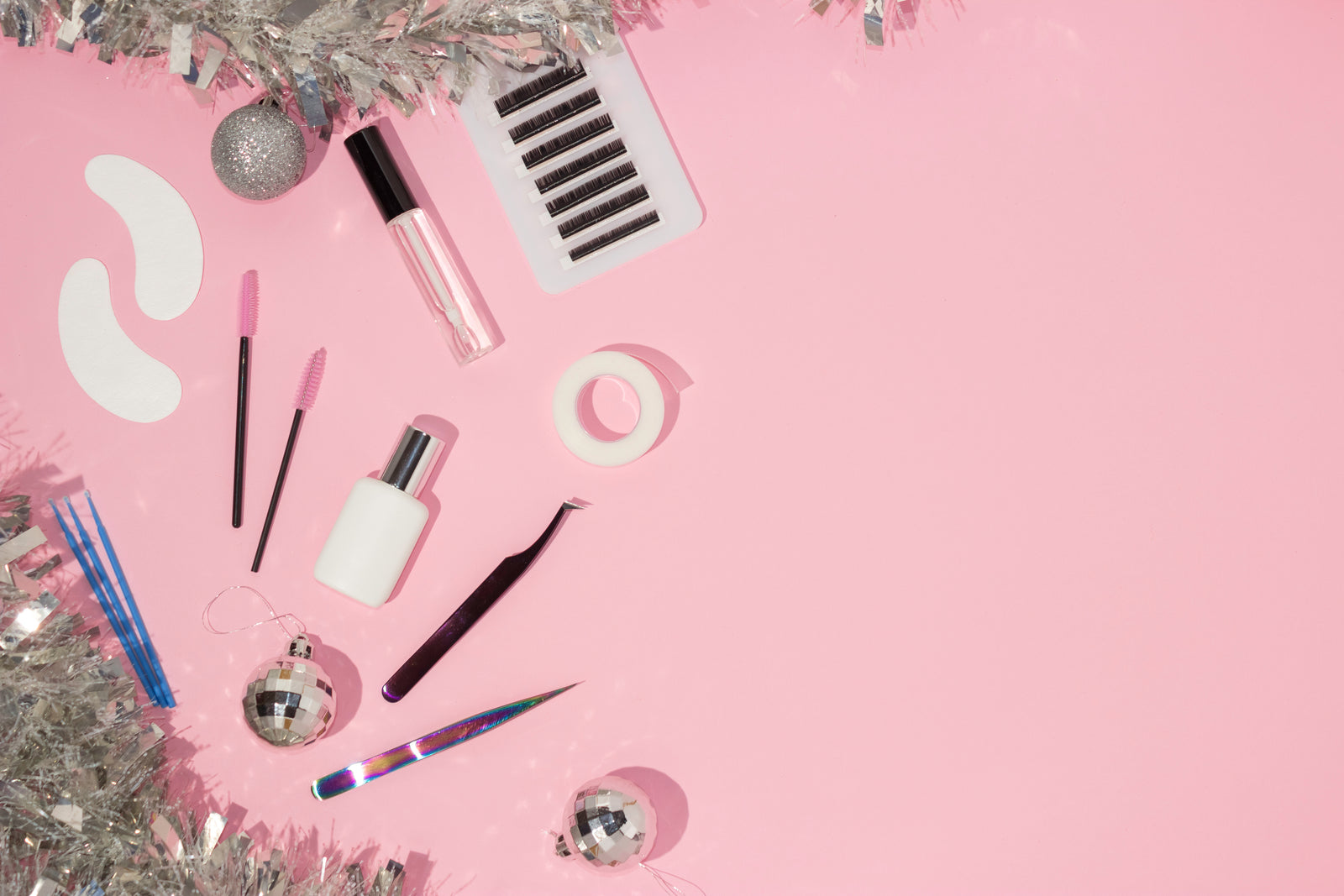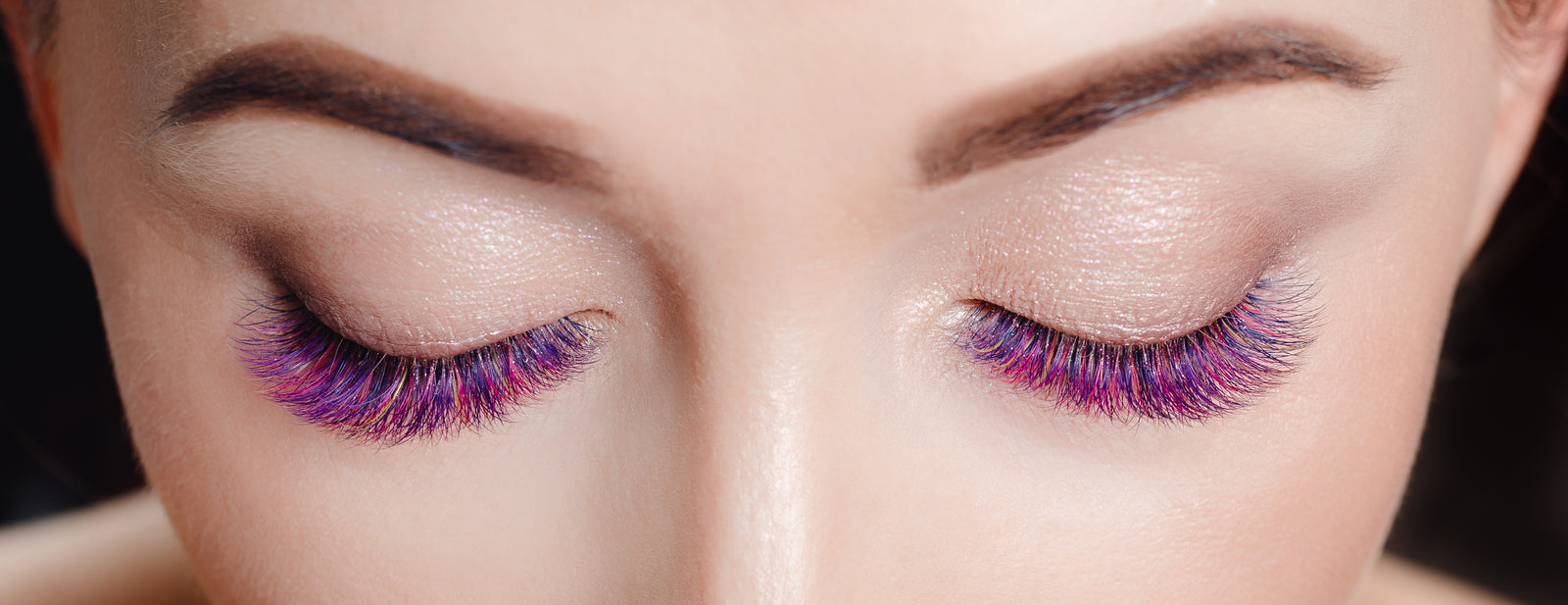Your Cart is Empty
Get 15% off discount with LYONLASH15 | Purchase 3 items to get 10% off with BUNDLE3
Get 15% off discount with LYONLASH15 | Purchase 3 items to get 10% off with BUNDLE3
Get 15% off discount with LYONLASH15 | Purchase 3 items to get 10% off with BUNDLE3
Get 15% off discount with LYONLASH15 | Purchase 3 items to get 10% off with BUNDLE3
May 05, 2023 4 min read

The primary goal of eyelash extensions is to enhance the eyes by creating a more striking appearance and providing a lifted effect. As a stylist or client, you certainly don't want your lash extensions to sag.
Various factors can contribute to a drooping appearance, ranging from the choice of lashes to appropriate aftercare. In this article, I'll explain how to address sagging eyelash extensions, offering advice for salon professionals and home-based clients alike.
To determine why your eyelash extensions are sagging, consider when the issue began. Did the drooping occur immediately after leaving the salon, or did it only appear a few days after your appointment? If the drooping started right away, your stylist might need to adjust the application technique. However, if it happened later, you may need to revise your aftercare routine.
Here are the main factors to consider:
By considering these factors, you can better understand the causes of drooping eyelash extensions and take appropriate steps to address the issue.

Selecting lashes that are too lengthy can weigh down your client's natural lashes, resulting in a drooping appearance. Additionally, overly long lashes on the outer corner of the eye may create the illusion of a downturned, droopy eye.
To prevent this, ensure you pick the appropriate length of eyelash extensions for your client and develop a lash map tailored to complement their eye shape.
Heavy, dense lashes can weigh down your client's natural lashes and cause strain on their lash line, potentially leading to damage. Selecting the appropriate thickness is essential.
The thickness of an extension greatly influences its weight, although weight and thickness are distinct concepts. For instance, an extension with a 0.07 mm diameter typically weighs about 0.04 mg, but the extension's length and material also contribute to its weight.
Suppose a client's natural eyelashes have a 0.15 mm thickness. In that case, you can select an extension with a diameter between 0.12 mm and 0.18 mm.
Extensions that are too thin may be invisible, while those that are too thick can burden the natural lash. Other considerations, such as the desired length and style, are important but should not be the primary focus.

If the lash length and thickness are already ideal, the problem may be that your client's natural lashes are significantly downturned. In this case, selecting a more pronounced curl can provide the necessary lift.
If you've used C lashes before, consider trying CC or D lashes. If D lashes were previously used, experiment with DD or even L lashes.
A lash lift is another excellent solution for clients with very straight or downward-facing lashes. If you don't currently offer this service, it's worthwhile to invest time in obtaining certification, as it complements lash extensions effectively. Perform the lash lift first, followed by the lash extension application.
By choosing a more pronounced curl and suggesting a lash lift, you can tailor your approach to clients with straight or downturned lashes. These methods help achieve the desired lift and create a more flattering appearance, ultimately increasing client satisfaction with their lash extensions.

Drooping lashes might just need some fluffing up. Tangled lashes can sometimes droop forward due to their combined weight. Gently detangle them from the top and bottom using a clean spoolie.
Ensure that you're washing your lashes daily with a dedicated extension brush and lash shampoo. If you haven't been consistent with aftercare, give your lash extensions a thorough wash. Debris and oil buildup can cause lashes to sag and negatively affect lash health and retention.
If brushing and washing don't resolve the issue, reach out to your stylist. Take a few photos to show the drooping and request a consultation before your next appointment. The solution might be as simple as switching to slightly lighter or curlier lashes.
Correcting already drooping lashes can be challenging. For stylists, the focus should be on prevention by selecting the appropriate lash size and curl. Clients experiencing drooping lashes can often resolve the issue with proper aftercare. If that doesn't help, consult your lash stylist about potential solutions.
Ultimately, the most crucial step is to pinpoint the cause of drooping eyelash extensions in the first place. With the right knowledge, techniques, and care, both parties can work together to achieve stunning, well-maintained lash extensions that enhance the client's appearance.

June 15, 2023 4 min read
Read More
June 08, 2023 3 min read
Read More
June 01, 2023 4 min read
Read MoreBe the first to know about new launch and early bird access to Promotions and Giveaway !